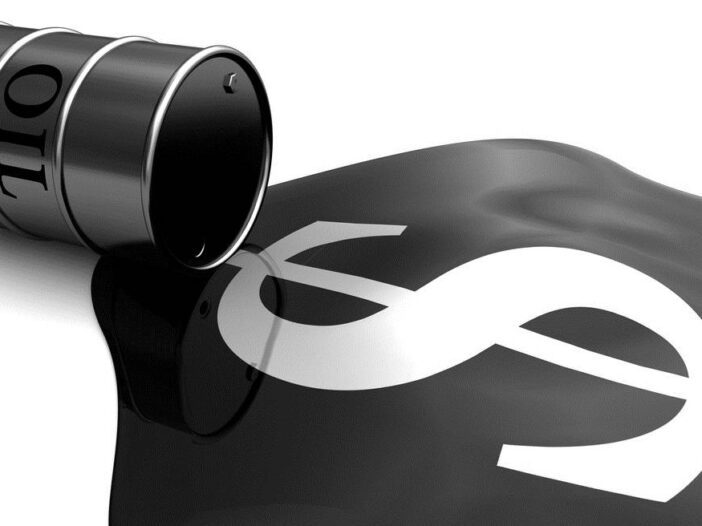If you think 2023 is a tough time for shares, spare a thought for anyone in AMP, News Corp, Lendlease, QBE and Telstra.
This lot all have a smaller market cap today than…in 2007!
Talk about testing your patience.
Why do you care?
The last 18 months has been a torrid ride for Aussie shareholders.
Goodness me…
In 2022, the Ukraine conflict broke out.
Oil soared over US$130 a barrel.
Interest rates went up at the fastest pace in history.
Inflation pushes up costs and hurts margins. Bad for shares.
Now in 2023 we have China’s rolling property crisis, US banks collapsing, the US debt ceiling crisis…and war in Gaza.
Feeling punch drunk yet? I am!
Point being: investors dump the riskiest market sectors when there’s turmoil like this.
Think small caps and unprofitable technology stocks.
Supermarkets, industrial property and insurance firms look like the smart play.
There’s perceived safety in big stocks like this.
However, go to the opening line above.
‘Blue chip’ security and safety can be an illusion.
The defining feature of a capitalist economy is — or should be — creative destruction.
That means big companies are under the pump from smaller competitors.
Here’s the rub!
Let’s put this into some context today…
There’s been a heap of chat in the last few days about the Aussie share market.
You probably know why.
Right now, it’s trading around the same level that it was 16 years ago.
Some say the share market has done ‘nothing’ in this time. That’s not true if you bank the high dividend payouts along the way.
But it IS true that Australia can suffer from a lack of innovation and investment.
Australia is not the US and the Aussie market is not the Nasdaq. Big banks and big miners dominate the top 50.
That’s worked, more or less, for the last 20 years. Odds on it’s not going to work for the next 20.
Disruption is coming for all sectors of the economy.
Just look at how the favoured health firms CSL and RMD have been cut down from the GLP-1 weight loss drugs this year.
Could the iron ore miners and banks be vulnerable?
Banking and steel are industries over 200 years old. They are ancient in today’s economy.
Australia and Australian investors need to move with the times and position for growth in new areas.
That means to me, at least, you MUST have exposure to smaller stocks with potential for higher capital growth.
An old market adage is to invest in acorns and not oaks.
That sounds wise…but it doesn’t tell you what to buy on a Wednesday.
But cling to it…the sentiment is the right one!
Small-cap shares are out of favour. It’s been this way for two years!
But amongst this carnage is the next wave of potential superstars of the Aussie market.
In 2007, investors hadn’t heard of Xero [ASX:XRO], WiseTech Global [ASX:WTC], Mineral Resources [ASX:MIN] or Pilbara Minerals [ASX:PLS].
These companies turned out to be the stars of the future.
Hindsight is a wonderful thing. There’s been plenty of companies that didn’t become the stars of the future.
Be smart about it.
You don’t have to go crazy speculating here.
Right now, there’s established and successful entrepreneurs like David Teoh at Tuas [ASX:TUA], Wes Maas at Maas Group Holdings [ASX:MGH] and the Robinson family at Beacon Lighting Group [ASX:BLX].
They’re building and expanding their companies. You need to give them more than six months to create value.
You have a chance right now to back men and women like this if you can let the macro worries go.
In fact, you can take advantage of these same worries!
When else do you get a look at cheap stocks that successful people run?
I’m not saying there’s no risk. There’s always risk.
I believe all the issues impacting the markets in 2022 and 2023 will be forgotten by 2030 and beyond (and probably by this time next year, really).
The future always seems a long way from today.
But your portfolio needs to be built with this in mind.
The future is coming…and usually it’s the smaller stocks building out what it looks like.
Best wishes,
 |
Callum Newman,
Editor, Fat Tail Daily

